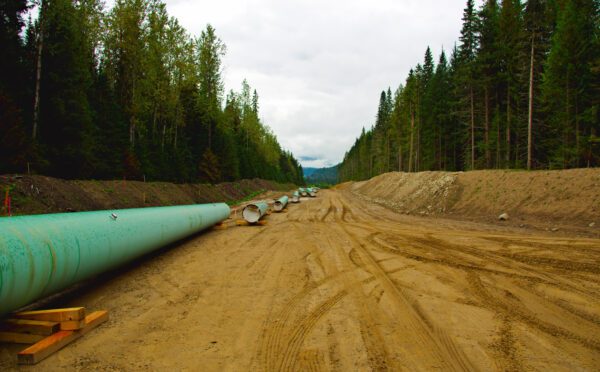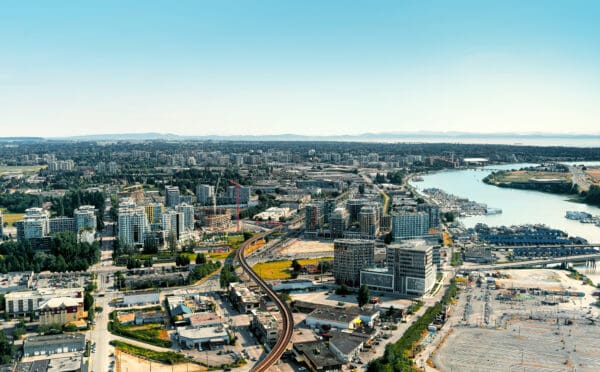Authors
Partner, Energy and Construction, Calgary
Calgary Managing Partner, Calgary
Associate, Tax, Calgary
On December 14, 2022, Alberta’s Minister of Energy released an Order in Council making a number of key amendments to the Technology Innovation and Emissions Reduction Regulation (AR 133/2019) (TIER) which will come into effect on January 1, 2023.
These amendments bring the TIER regime in line with the minimum federal standards, ensuring the continuation of the provincial emissions trading and carbon pricing system in Alberta and setting the stage for Alberta to be a leader in carbon capture, utilization and storage (CCUS). They are a result of an extensive review and stakeholder consultation process by the government following the release of its TIER review discussion document [PDF] on June 17, 2022.
TIER backgrounder
The TIER applies to Alberta’s large emitters and opt-in facilities, and imposes an emissions benchmark on facilities that emit 100,000 tonnes or more of GHG emissions (and smaller emitters that voluntarily opt in). Multiple small conventional oil and gas facilities with a common person responsible can also enter into TIER by applying to be regulated as an aggregate facility.
The recent amendments to TIER expand the scope of “large emitters” to include a facility that imports more than 10,000 tonnes of hydrogen in 2023 or a subsequent year. They also lower the minimum emissions threshold for opt-in facilities in an emissions-intensive trade-exposed sector from 10,000 CO2e tonnes to 2,000 CO2e tonnes, which will allow many smaller emitters to opt into TIER and provide the opportunity to offset their emissions while increasing demand for offsets.
Facilities subject to TIER must meet their emissions benchmark by reducing their year-over-year operating efficiencies or, to the extent they cannot meet the benchmark, they must either
- pay money into the TIER fund to purchase a “fund credit” for each tonne of excess emissions the facility produces;
- submit emission performance credits generated by a TIER-regulated facility that reduced their emissions to below their benchmark in the current or previous compliance year; or
- submit emission offsets generated under an approved emission offset protocol
Facilities subject to Alberta’s TIER regime are exempt from carbon pricing under the federal Greenhouse Gas Pollution Pricing Act.
TIER amendments
Changes to TIER include
- TIER fund price: The TIER fund price for 2023 through 2030 will increase in alignment with the federal price from $65 to $170 in $15 annual increments, to be established by Ministerial Order shortly.
- CCUS credits: The creation of sequestration credits and capture recognition tonnes.
- Sequestration credits will enable recognition under the Clean Fuel Standard. An emission offset can be converted into a sequestration credit if it meets certain criteria, including having been produced in 2022 or a subsequent year, and the carbon dioxide that was geologically sequestered for the emission offset must have been captured at a large emitter or opted‑in facility. Sequestration credits may only be used for compliance for a period of five years after the year they are generated.
- Capture recognition tonnes will enable large emitters and opt-in facilities to reduce sequestered emissions from their total regulated emissions at carbon capture sites.
- A sequestration credit can be converted into a capture recognition tonne, provided (i) the carbon dioxide that was geologically sequestered for the associated emission offset was captured at the facility applying to convert the sequestration credit and (ii) the sequestration occurred in 2023 or a subsequent year.
- Benchmark tightening: A 2% annual tightening rate will apply to facility-specific benchmarks and high-performance benchmarks. For oil sands mining, in situ and upgrading, the annual tightening rate is 4% in 2029 and 2030. The Minister will also release further high-performance benchmarks in early 2023.
- Reduced period to use emission offsets: The current nine-year period for using emission offsets with a vintage year of 2017 or a subsequent year will end in 2022, and will be reduced to five years for emission offsets with a vintage year of 2023 or later.
- Reduced period to use emission performance offsets: The current eight-year period for using emission performance credits with a vintage year of 2017 or a subsequent year will end in 2022, and will be reduced to five years for emission performance credits with a vintage year of 2023 or later.
- Credit use limit: The maximum allowable emission offsets, emission performance credits or sequestration credits that can be used by a given facility in a year to comply with its total regulated emissions amount will continue to be 60% in 2023, but will increase thereafter to 70% in 2024, 80% in 2025 and 90% in 2026 and any subsequent year.
- Flaring: Flaring emissions are now included in the total regulated emissions for aggregate oil and gas facilities.
Electricity grid displacement factor
While the Alberta government did indicate it would be reviewing the electricity grid displacement factor (EGDF) [PDF] in conjunction with its review of TIER, it did not announce any further changes to the electricity grid displacement factor. On March 3, 2022, the government announced that a new EGDF of 0.52 tonnes CO2e per MWh would apply to all renewable offset projects with offset activity start dates between January 1 and December 31, 2023, including solar and wind electricity generation facilities. This represents a modest drop from the current EGDF (0.53 tonnes CO2e per MWh). Further potential changes to the EGDF for 2024 and thereafter will be an important consideration for both existing and prospective offset projects, with implications for project profitability and financial incentives for new solar and wind electricity projects across Alberta.
Bill 22: Electricity Statutes (Modernizing Alberta’s Electricity Grid) Amendment Act, 2022
Additionally, the government did not provide any update to the timing for when it will proclaim in force Bill 22. Bill 22 proposes amendments to the Alberta Utilities Commission Act, Electric Utilities Act , and the Hydro and Electric Energy Act intended to facilitate greater participation by energy storage resources in the Alberta electricity market, to allow for unlimited self-supply and export, and to facilitate the modernization of the distribution systems through greater integration of new technologies, distribution-connected generation and long-term planning by distribution facility owners. Refer to our Osler Update from June 2022 for a detailed discussion of the proposed changes.

